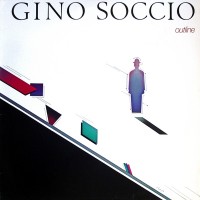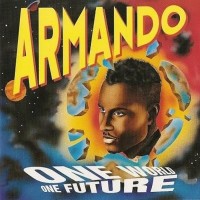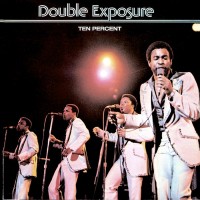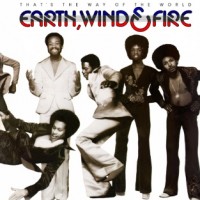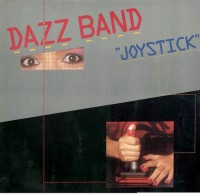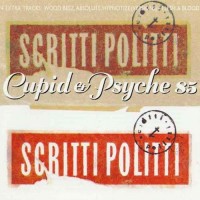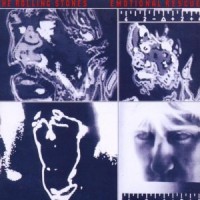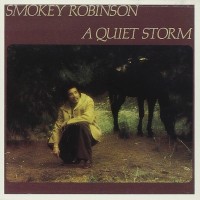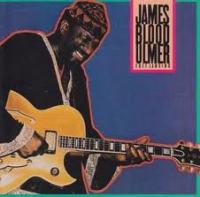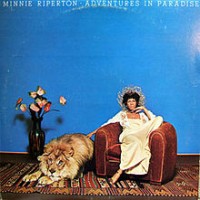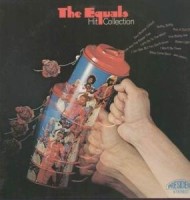
It says something that I’ve only seen two Equals albums in all my years of record shopping—and one of ’em is this double LP of chart-dwellers by the multi-racial British R&B/pop-soul group. What it says is that some enterprising label really ought to do the legal legwork and reissue a grip of the Equals’ best material. Until that happens, you might have to make due with Hit Collection or the other Equals release I see most often, Baby, Come Back (1968, RCA). To understate things, they’re better than nothing.
Hit Collection gathers 24 songs from the Equals’ hugely popular (in Europe and England) early phase, and if you dig instantly catchy ’60s R&B sung with gutsy gusto by Derv Gordon and accentuated by the attractive, clipped guitar riffs of Eddy Grant (yes, the bloke who sang “Electric Avenue”), you’ll want to nab this comp… or the 7-inches of which it’s composed, if you’re a very patient and affluent collector.
Highlights here include the Northern soul stomper “Softly, Softly,” the enchanting chugger “Baby, Come Back,” the bubblegummy “Green Light” (which the Detroit Cobras have covered), the marauding “I Can See, But You Don’t Know,” and the exuberant outlaw anthem “Police On My Back,” made famous by the Clash on their 1980 LP Sandinista!
There are a few sappy moments on Hit Collection, but overall the songwriting quality is brilliant. We repeat: Let’s hope some savvy record company is planning to get the Equals’ music back into circulation. It’s way too good to languish in obscurity. -Buckley Mayfield


